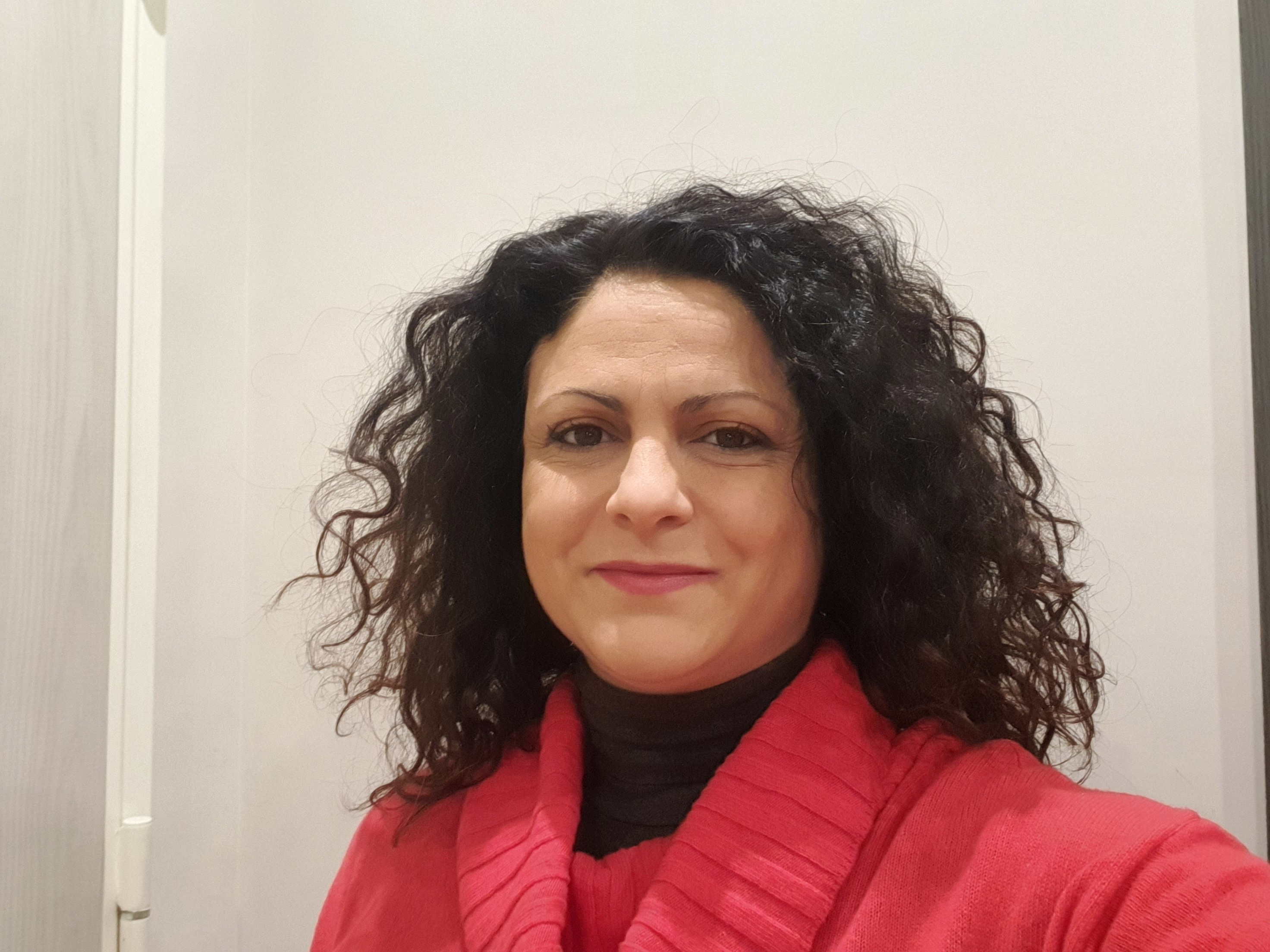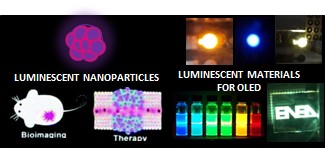BIP – Bioinspired Products

Room 1Mb13; phone +39-081-674132 Email marco.dischia@unina.it;

Prof. Alessandra Napolitano
Room 1Mb10; phone +39-081-674133 Email alessandra.napolitano@unina.it;

Prof. Paola Manini
Room 1Mb09; phone +39-081-674128 Email paola.manini@unina.it;

Prof. Lucia Panzella
Room 1Mb12; phone +39-081-674131 Email lucia.panzella@unina.it;
Research:
Bioadhesion and biomimetics from Nature to applications
Natural and Bioinspired Polyphenols for Health and Food Applications
Melanins: from organic electronics to functional materials
Synthesis and Applications of Nature-inspired luminescent materials
Transformation pathways of polycylic aromatic hydrocarbons (PAHs) and other astrochemically relevant molecules under prebiotic conditions in relation to the origin of life
Bioadhesion and biomimetics from Nature to applications
Underwater or wet adhesion is a challenging issue in biomaterials science, tissue engineering, nanomedicine, diagnostics and therapeutics, because of the increasing demand for adhesive biopolymers and coatings that can perform in adverse water or high-moisture settings. To overcome these challenges, considerable interest has been focused on the exceptional adhesion properties of mussel byssal plaque which inspired the development of polydopamine (PDA), a melanin-type adhesive biopolymer incorporating the catechol and amine structural motifs of byssal proteins. PDA, a leading model for biomimetic wet adhesion, is produced by autoxidation of dopamine at alkaline pH 8 and has been employed for surface functionalization and secondary derivatization for technological and biomedical applications. Research at UNINA –BIP group aims to translate the principles underlying mussel-inspired underwater adhesion into innovative technologies for surface functionalization and nanostructure design, with a strong commitment to the advancement of knowledge, methodological innovation and nature-inspired solutions for human health.
Main collaboration:
- Prof. Vincent Ball (Institut National de la Santé et de la Recherche Médicale, Unité Mixte de Recherche 1121, 11 rue Humann, Strasbourg, Cedex, France)
- Dr Daniel Ruiz-Molina (Catalan Institute of Nanoscience and Nanotechnology (ICN2), CSIC and The Barcelona Institute of Science and Technology, Campus UAB, Bellaterra, Spain)
- Prof. Gregory Payne (Institute for Bioscience and Biotechnology Research, University of Maryland, 5115 Plant Sciences Building, College Park, MD, United States)
- Prof. Aranzazu Del Campo (Leibniz Institute for New Materials, Campus D2 2, Saarbrücken, Germany).

Natural and Bioinspired Polyphenols for Health and Food Applications
The search for novel antioxidants to be used to prevent/control food deterioration or as adjuvants in the treatment of oxidative stress-based pathologies has recently spurred considerable interest. In this connection natural compounds and particularly polyphenols that can be easily obtained from accessible vegetable sources or even agricultural wastes are nowadays extensively investigated.
Along these lines our research activity is directed to: 1) characterization of the properties of natural polyphenols from food or wastes for application as food supplements, food dyes, additives in food packaging, but also as functional additives for the implementation of bioactive materials e.g. for cosmetic and biomedical applications; 2) tailoring and powering these properties by bioinspired (e.g. fermentation or biomimetic oxidation) or chemical (e.g. hydrolytic treatment) transformations.
Main collaboration:
-
Andreas Schieber (Institute of Nutritional and Food Sciences, Chair of Molecular Food Technology, University of Bonn, Germany)
-
José Ángel Rufián-Henares (Departamento de Nutrición y Bromatología, Instituto de Investigación Biosanitaria ibs.GRANADA, Universidad de Granada, Spain)
-
Luis Goya (Department of Metabolism and Nutrition, ICTAN, CSIC, Madrid, Spain)
-
Gregory F. Payne (Institute for Bioscience and Biotechnology Research (IBBR), University of Maryland, USA)
-
Cristóbal Noé Aguilar (Bioprocesses and Bioproducts Research Group, School of Chemistry, Universidad Autónoma de Coahuila, Saltillo, Coahuila, Mexico)

Melanins: from organic electronics to functional materials
The imitation of Nature's structures and principles has emerged as a major competitive strategy for the design of functional materials. Natural biomaterials usually exhibit superior properties, functional efficiency and diversity normally related to their complex supramolecular architecture, which confer a variety of properties, e.g. mechanical stability and ability to respond dynamically to stimuli.
An outstanding and little explored source of inspiration in this frame is provided by melanins, the ubiquitous natural pigments found in mammals, plants, fungi and bacteria, exhibiting key properties including: a) a broadband optical absorption throughout the entire UV-visible; b) nearly quantitative non radiative conversion of absorbed photon energy; c) photoconductivity in the solid state; d) electronic-ionic hybrid conductor properties; e) hydration-dependent free radical properties; f) metal ion-binding properties; g) redox behavior.
On this basis, aim of this research line is to exploit the peculiar chemical-physical properties of melanic pigment to design innovative functional materials for technological applications.
Main collaboration:
- Dr Marianna Ambrico (CNR-Institute of Nanotechnology – Bari)
- Prof. Luca Valgimigli (University of Bologna)
- Dr Cinzia Giannini (CNR-Institute of Crystallography – Bari)
- Dr Paolo Tassini and Dr Maria Grazia Maglione (Laboratory of Nanomaterials and Devices, ENEA C.R. Portici)

Synthesis and application of Nature-inspired luminescent materials
Main goal of this research line is the design, synthesis and characterization of photoluminescent materials inspired to natural compounds. These materials will be developed for the following applications: a) as emitting materials in OLED devices; b) as emitting materials for bioimaging and cancer treatment.
a) The rise of solid-state lighting represents an important breakthrough for our society due to the very high efficiency and low energy consumption making OLED a valid alternative to fluorescent and halogen lamps. Moreover, the unique mechanical properties of OLED allowing the fabrication of flat, flexible and large area devices on different type of substrates, including glass, plastics and textile, together with the high color quality and wide color tuning achievable via selected structural changes in the organic emitters, stimulated the diffusion of OLED in different sectors, from civil lighting to automotive industry, from electronics to biomedical sector, from interior design to light art and fashion industry.
Starting from this background, main goal of this research line is the design, synthesis and characterization of electroluminescent materials inspired to natural compounds for OLED applications.
b) Cancer represents one of the major causes of mortality worldwide. Since the last century, many therapeutic approaches have been delineated; among these, photosensitive nanomaterials have emerged as a novel platform for that may revolutionize tumor diagnosis and therapy in precision cancer medicine. In this context Nature-inspired luminescent compounds may act as photoresponsive tags for nanoparticle functionalization. These luminescent compounds should respond to the following requisites: high chemical and photochemical stabilities, excitation and emission in the visible/near-IR window, multiple mechanisms through which cancer cells can be damaged.
Starting from this background, main goal of this research line is the design of hybrid nanoparticle devices based on mesoporous silica nanoparticles loaded with luminescent materials for the selective diagnosis and therapy of cancer disease.
Main collaborations:
- Dr Paolo Tassini and Dr Maria Grazia Maglione (Laboratory of Nanomaterials and Devices, ENEA C.R. Portici)
- Prof. Giuseppina Luciani (University of Napoli Federico II)
- Prof. Annalisa Lamberti (University of Napoli Federico II)
- Dr Luca Menichetti (CNR-Institute of Clinical Physiology - Pisa)

Transformation pathways of polycyclic aromatic hydrocarbons (PAHs) and other astrochemically relevant molecules under prebiotic conditions in relation to the origin of life
Main goal of this research line is the study of the main transformations of PAHs under various experimental conditions of astrochemical and prebiotic relevance. These include:
- Solid state photochemistry on forsterite and other planetary minerals, also in the presence of nitrogen sources, and on meteorites after proton beam irradiation, also in the presence of formamide and urea;
- The investigation of the conditions allowing for the formation of nitrogenous PAH derivatives (NPAHs) as a possible photochemical source of HCN and other C-N molecules;
- The reaction chemistry of aminomalononitrile, a prebiotic HCN trimer, and cyanamide both under self-polymerization conditions and in the presence of PAHs, glyoxal, formaldehyde and other small biomolecules;
- The study of the chemical reactivity of PAHs in extreme environments (i.e. Solfatara) mimicking the reaction conditions of prebiotic relevance;
- The study of the photocatalytic and templating role of PAHs in the formation of the molecules of life.
- Synthesis and chemical evaluation of the insoluble organic matter (IOM) found on meteorites.
Aim of this research line is to elucidate the processes concurring to the origin of life on Earth and the possible role of PAHs in catalyzing and directing these processes.
Main collaborations:
- Prof. Raffaele Saladino (University of Tuscia)
- Prof. Marco Moracci (University of Napoli Federico II)
- Prof. Cristina Puzzarini (University of Bologna)
- Prof. Vincenzo Barone (Scuola Normale Superiore – Pisa)
